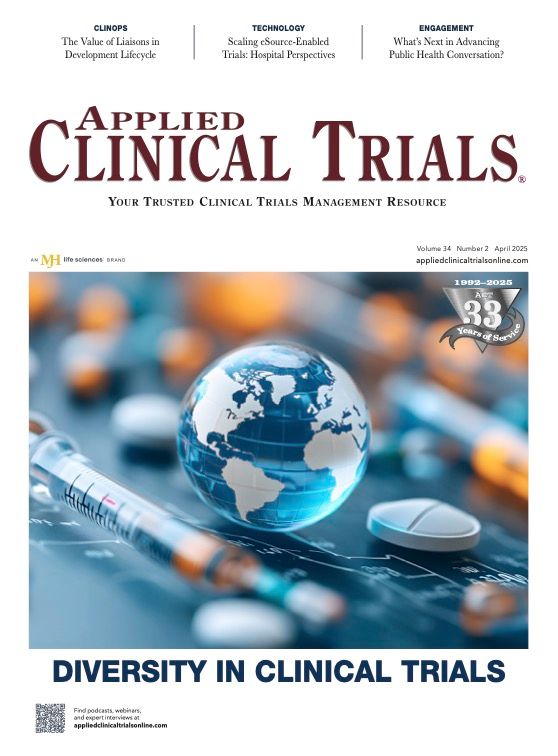What’s Next for DEI?
Amid new government directives around diversity, equity, and inclusion programs in the US, our April issue explores the pivots and adjustments pharma and healthcare interests are making to maintain the progress of such efforts in advancing clinical research.

The conversation around diversity, equity, and inclusion (DEI) in clinical research continues to get louder. Thanks in part to actions taken by the FDA in recent years, efforts to boost inclusivity have only increased. However, this year has brought new challenges to continuing momentum with diversity initiatives. The return of the Trump administration has brought with it executive orders banning DEI programs in the US federal government. Stakeholders in clinical research are wondering how this will affect the life sciences industry and how they can continue to bring inclusive and equitable research to patients. Applied Clinical Trials' annual issue on DEI explores this changing dynamic.
Our trio of feature articles in this edition begins with an all-encompassing piece on the current climate around diversity in clinical research. With new challenges, such as the aforementioned political and legislative maneuvering, the article dives into ways key stakeholders in the space can navigate and adapt to the changes in their efforts to enhance the accessibility and inclusivity of clinical trials.
Following the cover feature is a piece highlighting a use case on the adoption of eSource technology across six oncology research centers. Cancer trials are increasingly incorporating more sources of data, raising the burden on stakeholders, including sponsors and patients. With the help of capabilities, such as EHR-to-EDC tools, sponsors can take advantage of real-time data availability, streamlining workflows and bringing critical drugs to patients faster.
Rounding out our feature slate is an article spotlighting clinical trial liaisons (CTLs) and the strategic benefits these individuals can provide. Modeled after the implementation of medical science liaisons, CTLs can offer several advantages throughout a study, including more effective site identification, improved protocol development, and the facilitation of patient recruitment based on local standards.
Also in this issue, we are happy to share a snippet of our coverage from this year’s SCOPE (Summit for Clinical Ops Executives) conference. Our team of Andy Studna, senior editor, and Don Tracy, associate editor, was onsite covering breakout sessions and interviewing industry leaders. As always, full coverage can be found online at appliedclinicaltrialsonline.com/latest-conference.
Thank you for reading.
Mike Hennessy Jr is president and CEO of MJH Life Sciences®

Behind the Buzz: Why Clinical Research Leaders Flock to SCOPE Summit
February 7th 2025In this episode, we meet with Micah Lieberman, Executive Conference Director for SCOPE Summit (Summit for Clinical Ops Executives) at Cambridge Innovation Institute. We will dive deep into the critical role of collaboration within the clinical research ecosystem. How do we bring together diverse stakeholders—sponsors, CROs, clinical trial tech innovators, suppliers, patients, sites, advocacy organizations, investors, and non-profits—to share best practices in trial design, program planning, innovation, and clinical operations? We’ll explore why it’s vital for thought leaders to step beyond their own organizations and learn from others, exchanging ideas that drive advancements in clinical research. Additionally, we’ll discuss the pivotal role of scientific conferences like SCOPE Summit in fostering these essential connections and collaborations, helping shape the future of clinical trials. Join us as we uncover how collective wisdom and cross-industry partnerships are transforming the landscape of clinical research.
Reaching Diverse Patient Populations With Personalized Treatment Methods
January 20th 2025Daejin Abidoye, head of solid tumors, oncology development, AbbVie, discusses a number of topics around diversity in clinical research including industry’s greatest challenges in reaching diverse patient populations, personalized treatment methods, recruitment strategies, and more.